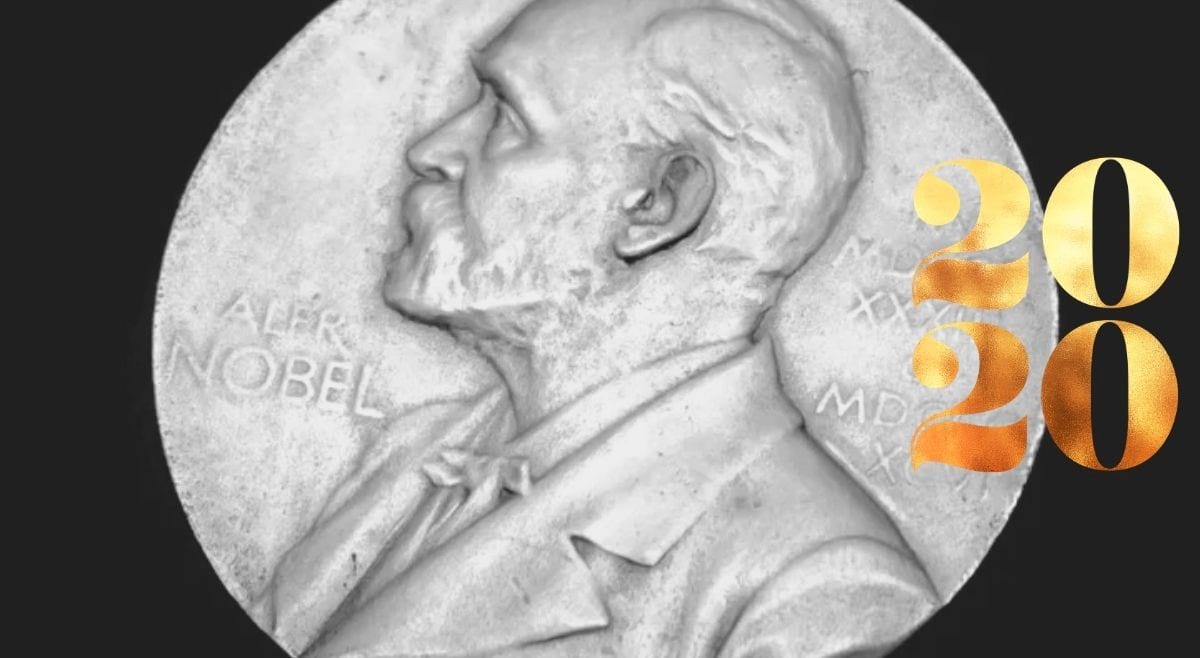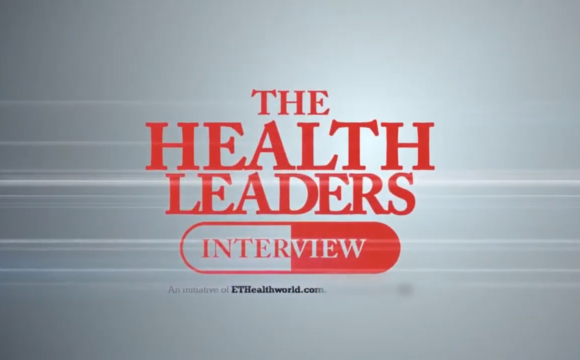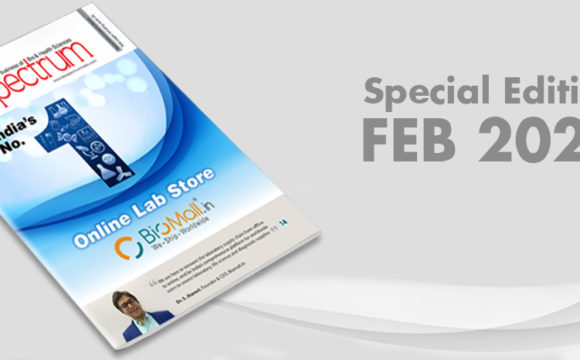The Nobel Prizes are viewed as the most esteemed honors given for intellectual accomplishment in the world. The Nobel Prize season starts each October as boards in Sweden and Norway name laureates in an assortment of prizes in sciences, literature, and economics, as well as peace work. The declarations began on Monday this year with the granting of the Prize in Physiology or Medicine. They will proceed until next Monday when the Sveriges Riksbank Prize in Economic Sciences in Memory of Alfred Nobel is declared. The Nobel Prizes are generally presented in Stockholm and Oslo in December but due to the pandemic, the panels are changing their methodologies. A portion of the occasions in Stockholm will be dropped for a digital ceremony for the Nobelists, and awards and confirmations are to be given out to the recipients’ embassies and handed over in their respective nations of origin. Recipients might be invited to honor the function for 2021, if conceivable.
The Nobel Prize in Chemistry 2020
The Nobel Prize for the year 2020 in chemistry went to Emmanuelle Charpentier and Jennifer A. Doudna for their discovery of CRISPR-Cas9 genetic scissors: a method for genome editing. Their discovery in 2012 has to lead to numerous significant discoveries in essential research, and plant scientists have had the option to create crops that can tolerate biotic and abiotic stresses and enhance their yield and nutritional value. In the field of medicine, clinical preliminaries of new cancer treatments are in progress, and the desire of having the option to cure inherited sicknesses/diseases is finally getting fulfilled. These molecular scissors have taken the field of science and research into a whole another level and from various perspectives, providing the best advantage to mankind.

During Emmanuelle Charpentier’s work on Streptococcus pyogenes she found a formerly undisclosed molecule, tracrRNA. Her work indicated that tracrRNA is important for bacteria’s ancient immune system, CRISPR/Cas, that incapacitates viruses by cleaving their DNA, and this discovery was published in 2011. In the same year, Charpentie collaborated with Jennifer Doudna, an accomplished biochemist with immense knowledge on RNA, and together they were able to reproduce the bacteria’s genetic scissors in a test tube and simplified its molecular features for easier utilization. Both of them then reprogrammed the molecular scissors and proved that the scissors can identify DNA from viruses in a controlled manner which can result in a cut in any desirable DNA molecule at a pre-planned site. The CRISPR-Cas9 has been a revolutionary tool as well as discovery that has been impacting science, food production, and society since its discovery.
The Nobel Prize in Physics 2020
The Royal Swedish Academy of Sciences presented one portion of the 2020 Nobel Prize in Physics to Roger Penrose for his discovery “that black hole formation is a robust prediction of the general theory of relativity,” and the other half to Reinhard Genzel and Andrea Ghez jointly for their discovery of a “supermassive compact object at the centre of our galaxy.”
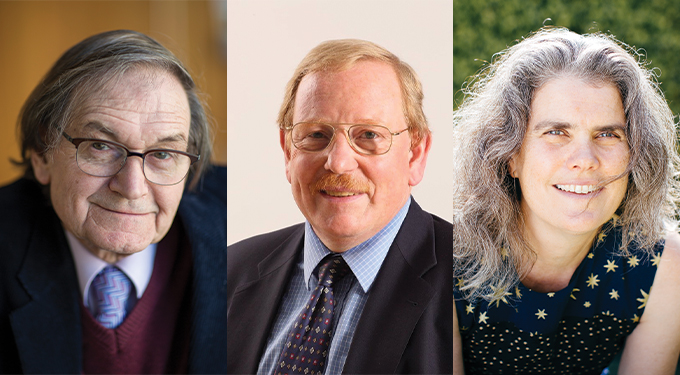
The 3 Laureates shared 2020’s Nobel Prize in Physics for their discoveries about one of the most exotic phenomena in the universe that is the black hole. Penrose’s work has indicated that black holes are an immediate result of Albert Einstein’s overall hypothesis of relativity. Einstein himself didn’t accept that black holes are for real and presented his hypothesis in November 1915, giving another approach to take a look at and comprehend gravity that shapes the universe “at the largest scale”. Gravity additionally shapes space and impacts the progression of time. It is in-fact, the gravity that is so extraordinary within a black hole that can hinder time and bend space. Penrose utilized Einstein’s general hypothesis of relativity and ingenious mathematical methods so as to demonstrate that the cycle of development of black holes is a stable one. He proved that the black holes exist and portrayed them in detail in 1965, ten years after Einstein kicked the bucket.
On the other hand, Genzel and Ghez have found that an undetectable and very heavy object controls the stars’ orbit at the centre of the Milky Way. This incredibly substantial object has the mass proportionate to 4 million solar masses and is packed into a region about the size of our solar system. Basically, their work reveals to us that at the centre of our cosmic system: the Milky Way lies in an undetectable supermassive object, of which a black hole gives a sensible clarification. Physicists have been associating the presence of a black hole at the centre of our galaxy for more than 50 years now.
The Nobel Prize in Physiology 2020
The 2020 Nobel Prize in Physiology was presented to Harvey J. Alter, Michael Houghton, and Charles M. Rice jointly for their discovery of the Hepatitis C virus. Hepatitis comes from the Greek language which means liver and inflammation and is a viral disease marked by poor appetite, fatigue, vomiting, and jaundice.
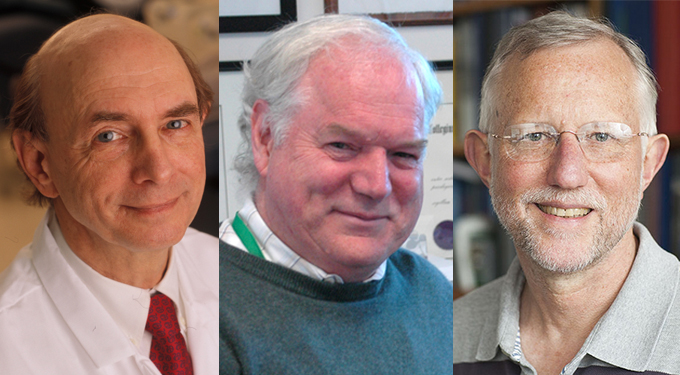
The 3 of them helped to simplify a primary source of blood-borne hepatitis that couldn’t be explained by the hepatitis viruses A and B. Chronic hepatitis damages the liver which in turn may lead to cirrhosis and liver malignancy. Viral disease is the main source of hepatitis, with certain forms existing as asymptomatic for several years prior to life-threatening complications develop. Until the 1960s, subjected to blood from infected people was a primary health risk, with up to 30% risk of chronic hepatitis following any medical procedure or multiple blood transfusions. This danger was partially diminished by the revelation of the Hepatitis B virus (HBV) and the inevitable end of HBV-contaminated blood through testing. A more tricky type of hepatitis, described by extremely mellow side effects in the intense stage and a high risk of advancement to chronic liver damage and cancer, persisted. The work by Alter, Houghton, and Rice portrayed this type of hepatitis to be a particular clinical element, brought about by an RNA virus of the Flavivirus family, presently known as Hepatitis C Virus (HCV). This pioneering work has set the road for the advancement of screening techniques that have significantly decreased the danger of acquiring hepatitis from contaminated blood and has prompted the improvement of viable antiviral medications that have saved the lives of millions of individuals.
Because of their discovery, profoundly sensitive blood tests for the virus are currently available and these have basically wiped out post-transfusion hepatitis in numerous regions of the world, enormously improving wellbeing worldwide. This discovery likewise permitted the quick advancement of antiviral medications directed at hepatitis C. The disease would now be able to be cured for the first time in history, raising hopes for eliminating the hepatitis C virus from the world.
References:
- https://www.nobelprize.org/
- https://www.nytimes.com/article/2020-nobel-prize-winners.html
- https://www.nobelprize.org/prizes/chemistry/
- https://www.thehindu.com/sci-tech/science/explained-2020-nobel-prize-in-physics/article32783167.ece
- https://timesofindia.indiatimes.com/world/rest-of-world/2020-nobel-prize-for-physiology-or-medicine-jointly-awarded-to-harvey-j-alter-michael-houhgton-and-charles-m-rice/articleshow/78490214.cms
- https://www.thehindu.com/sci-tech/science/2020-nobel-prize-in-physiology-or-medicine/article32771784.ece



